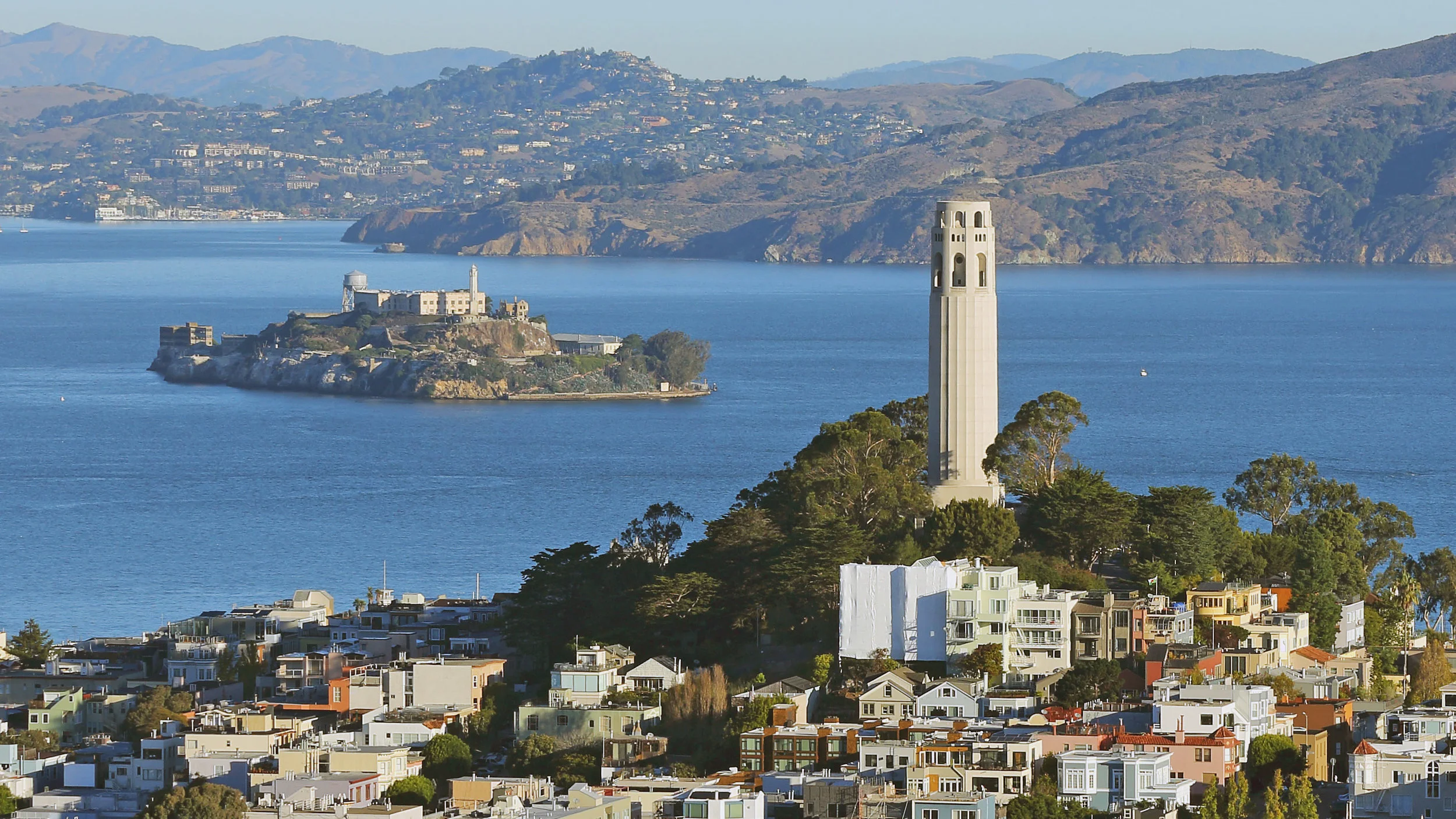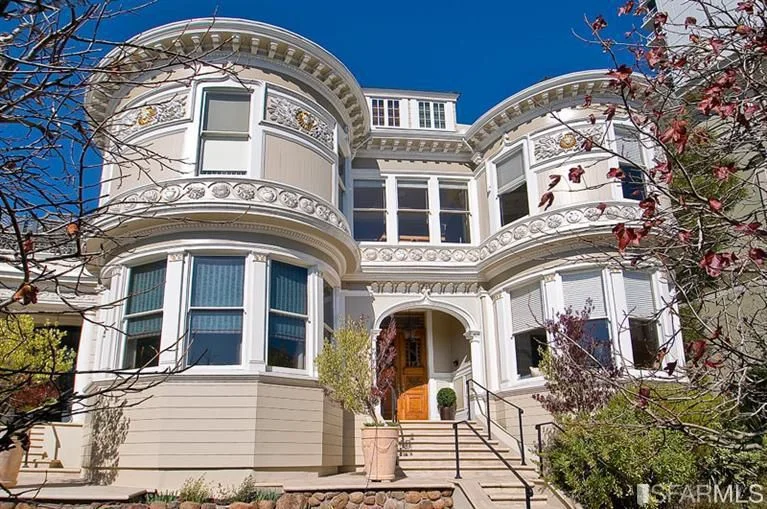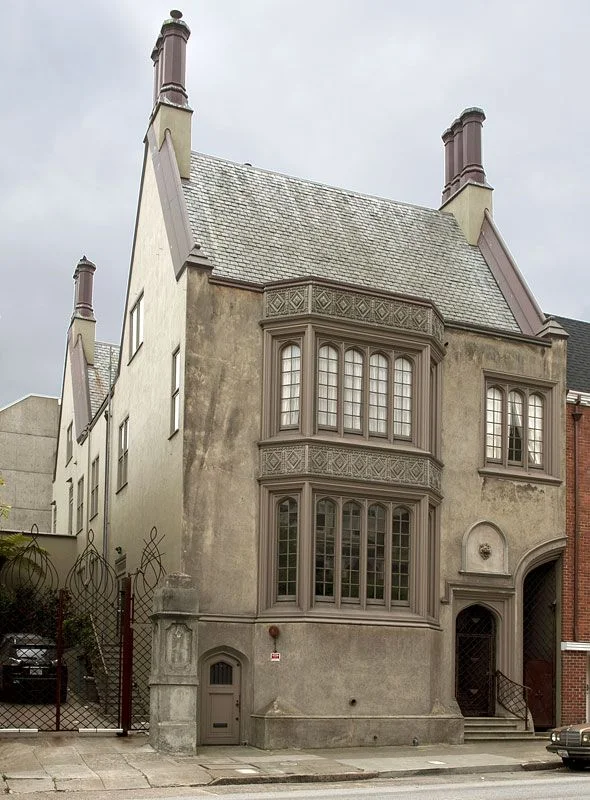Orlando Diaz-Azcuy - ODADA
/The Refined Sophisticate
Upon entering Orlando Diaz-Azcuy’s atelier in the old Brooks Brothers Building, one is transported into a world of symmetry, refinement, and shades of neutrality that provide a dreamlike atmosphere where impossibilities become suspended. The bustle of Union Square below echoes his homeland of Cuba from where he immigrated before earning a Bachelor’s degree in Architecture from the Catholic University in Washington DC, and Master’s degrees in Landscape Architecture and Urban Planning from University of California at Berkeley. Orlando made his way into early prominence during his partnership with Arthur Gensler where his trained eye and keen knack for integrating custom materials into high profile designs gained him recognition as Designer of the Year by Interiors Magazine. Beginning his own firm in 1987, Orlando eventually transitioned from commercial work into the world of private residences from earlier relationships with John Levin of the Folger & Levin law offices downtown and his relationship with the Haas family. Navigating through the traditional interior demands of the city’s beau monde to his signature contemporary vernacular was a patient process. In time, Orlando’s deft sense of spatial relationships and his ability to incorporate traditional pieces into contemporary interiors made him the last word in a luxury tier where true sophistication is understood by so few. Current clients reside in New York and the Hamptons and anticipate the completion of residences at 181 Fremont in San Francisco.
Our recent time together with the impeccably mannered Orlando revealed a man who still lives to caress blank paper with pencil, tells a story with the twinkle of creative wit, and relaxes looking back over a career where his talents and life intermingled to result in timeless designs.
orlando diaz-azcuy
CaenLucier: What inspires your creativity in the design process?
Orlando Diaz-Azcuy: Everything. But peace of mind and quiet are essential. I must be happy where I am designing. If not, I put my pencil away. I design a lot in the middle of the night.
CL: You still like to create ideas with the intimacy of pencil on paper. How have you seen technology aid and enhance the design process over the years?
ODA: Because I am of an older generation, eventually it will become as second nature to designers as the pencil has been to us. It all depends on the speed of your ideas and ability to illustrate them quickly on the computer.
CL: You and Arthur Gensler had a very successful business relationship for years. How did it begin?
ODA: I was working for EPR (Environmental Planning and Research) in the early Seventies and designed the McDonald’s in John Portman’s Embarcadero Center. The restaurant got a national recognition award that year. Arthur was looking for a designer at the time and hired me. We ended up having very good fortune together doing most of the law offices in town, the first United Airlines Red Carpet Room, the San Francisco International Terminal, Wells Fargo and Levi’s Plaza. At Gensler’s 50th Anniversary event, Arthur was kind enough to say to the room how valuable my contribution had been to the success of the firm.
CL: What prompted you to go out on your own after so much time with Gensler?
ODA: I was approached by Hickory Business Furniture while at Gensler to help them transition their look from traditional to more contemporary without their clientele abandoning them. The product did very well. However, within an AIA membership, a professional could not design furniture and sell it to their clients. Arthur and I made an agreement and rented a top floor in a nearby building to design furniture named ODA Design. That’s how I began. The first summer, I decided not to go back to managing people. The first collection was so successful that I had plenty of money and I told Arthur that I was not going to come back. There was no animosity and I did not take any clients from Gensler.
CL: How was the transition of going out on your own?
ODA: Initially, no one would hire me for residential work, because it is such a traditional town. I even began with my own residence at 1050 Green Street in 1982 using more antiques in this traditional French building. I knew French and English furniture as well as my competitors did, but that is not where my heart was. Then I started doing something that no one was doing, which was taking new buildings, new interiors and placing a few antique pieces to give a soft feeling that can’t be discerned as traditional or contemporary, but it feels good. This look started coming into vogue. You started to see designers like Peter Marino and others in New York starting to move in this direction. That is how I established my name here. If someone wanted a comfortable, understated elegant house with no draperies or tassels…go to Orlando.
CL: How have you refined your alchemy of informing modern design with traditional elements and furnishings?
ODA: Design is evolution and incorporation of all times.
CL: Which designers/architects that have preceded you do you admire?
ODO: A long list. Everyone gives you a little something as inspiration, but there are the ones that you relate to. For me, Josef Hoffman, Adolf Loos, Luis Barragan, Walter Gropius, Mies van der Rohe, Richard Meier.
CL: How were you selected to work on Jay Paul’s 181 Fremont project?
ODA: I was introduced to Jay through the architect, Heller Manus. Jeffrey Heller and I had worked at together at Gensler.
CL: What has your involvement been like working with Jay Paul?
ODA: Very early on, I told the Jay Paul organization that the integrity of my designs had to be followed. I must participate in any modification or deviation from the original design. So far, it has been an excellent relationship.
CL: How would you compare or contrast 181 Fremont Street to 15 Central Park West, as both are pulling the center of established luxury to other parts of town.
ODA: 181 Fremont is about luxury of materials, the quality and quantity of space, while 15 CPW is acquired status by the social/business connections of the developer and the business profile of the tenants.
CL: What are your current favorite luxury materials that you are incorporating into your designs?
ODA: I never have current materials or colors, etc. in mind. That is fashion. There is nothing like natural materials. They are timeless.
CL: If you could design a high rise project similar to 181 Fremont in any international city, what city would you choose?
ODA: Mexico City and Hong Kong.
CL: How would you define a privileged life?
ODA: One that is well-lived. Privilege is not about money, it is what you give and what is given to you.
CL: Favorite restaurant?
ODA: In San Francisco, A-16. I love Shelley and Greg.
CL: What are you currently reading?
ODA: The biography of Ruth Bader-Ginsburg, “RBG”. “The Sellout” by Paul Beatty. “The Course of Love”’ by Alain de Botton.
CL: What do you like to do during your free time?
ODA: Designing for design’s sake. Whatever comes to mind! Attending the opera and ballet. Being in our house in the country in Lucas Valley.
CL: In closing, Is there a private part of your life that you would like to share.
ODA: The pleasures and tribulations of being an immigrant. All you have to learn, to adapt on your own, without help.
odada - post street offices



























